Assess Digital Learning Instructional EDLD-5315
The course EDLD-5315: Assessing Digital Learning & Instruction places assessment at the center of educational innovation by demonstrating that learning is not an abstract phenomenon, but a process that can be measured and transformed through action research and the design of meaningful instruments. This course challenges educators to rethink how student achievement is conceived, integrating valid and reliable metrics that capture not only academic results, but also processes of motivation, participation, and the development of competencies.ncies.
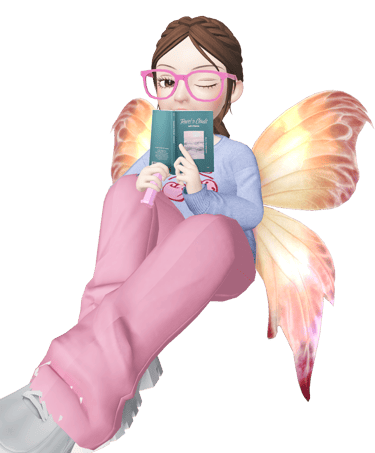

Within this context, my Action Research Design Outline focuses on evaluating the effect of the blended learning environment “Explorers of the Forest of Reading and Writing” on the motivation, reading comprehension, and Spanish writing performance of second-grade bilingual students. Inspired by the concept of disruptive innovation (Christensen, Horn & Johnson, 2017), this project leverages narrative, play, and technology not as isolated add-ons, but as drivers that redesign the literacy experience in an inclusive and dynamic environment.
In this portfolio, the reader will find the development of the project through its different phases: the identification of the problem, the formulation of research questions, the selection of assessment instruments, and the organization of data related to motivation, reading, and bilingual writing. Each piece of evidence demonstrates how assessment becomes a means to understand, improve, and transform teaching practice.
Thus, EDLD-5315 not only strengthens my competencies as a researcher and educational leader, but also gives solid grounding to the innovation plan “Explorers of the Forest of Reading and Writing”, by making assessment the core element that ensures this proposal moves beyond an inspiring idea to generate significant, measurable, and sustainable changes in students’ motivation, reading comprehension, and Spanish writing performance.


In this portfolio, the assignments and discussions completed throughout the course are consolidated, demonstrating how each of them represents an essential step in connecting theory and practice in the design of digital learning environments. The integration of these activities not only responds to the course objectives but also serves as a fundamental resource to strengthen my innovation plan “Explorers of the Forest of Reading and Writing,” whose purpose is to transform bilingual literacy in second grade through a hybrid model that integrates narrative, play, and technology.
Recognizing the Misperceptions

This collaborative discussion aims to reflect on the stages and steps of the action research process, recognizing both the challenges and opportunities that each represents in strengthening our innovation plans. The exchange with colleagues enables us to clarify our understanding of the research cycle, assess which steps can be consolidated in this course, and identify those that will be extended into the final project in EDLD 5320.
At the same time, this space fosters professional reflection and critical analysis of how data collection, along with the distinction between action research and traditional research, impacts our teaching practice. In this way, the discussion serves as a means to verify and refine ideas, guiding our work toward the creation of more meaningful learning environments. This process invites us to view assessment not only as a measurement tool but as a driver of educational transformation. For this reason, it is recommended to consult the document that supports this action research process, as it provides the theoretical and methodological foundations that guide both individual reflection and collaborative work.



Clarifying the Problem

The discussion “Clarifying the Problem” provides an opportunity to reflect on the importance of clearly defining the action research problem and ensuring its coherence with the goals of educational improvement. In my case, it connects directly to the innovation plan “Explorers of the Forest of Reading and Writing,” aimed at strengthening bilingual literacy in second grade through a hybrid learning model that integrates narrative, play, and technology.
This collaborative space helps me refine my research question, anticipate methodological challenges, and ensure that each component of the process is aligned with evaluating the impact on motivation, reading comprehension, and Spanish writing performance. I also invite you to read the document that supports this process, as it provides the foundations that guide reflection and strengthen the development of the Action Research Design Outline.
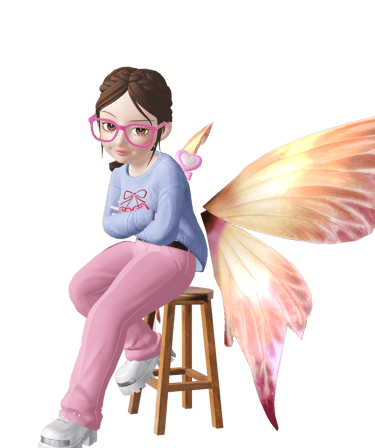

Assignment - Action Research Design Outline

Research is an interactive and cyclical process that requires intentional planning and thoughtful design to generate meaningful results. The Action Research Design Outline is a fundamental step in organizing this process, as it provides the structure needed to connect theory, practice, and evidence. Through this assignment, I present how my innovation plan, “Explorers of the Forest of Reading and Writing,” will be evaluated in relation to its impact on bilingual literacy development in second grade.
This document not only frames the central topic, purpose, and research questions of my study, but also identifies the methodological approach and the types of data that will allow me to measure student motivation, reading comprehension, and Spanish writing performance. By addressing both quantitative and qualitative elements, the outline ensures coherence between the objectives of the innovation plan, the literature review, and the broader perspective of the final action research project.
In this way, the outline becomes the foundation for building a rigorous and reliable research process, guiding the steps that will transform the innovation plan into a measurable, sustainable, and evidence-based educational practice.


Literature Review

A literature review is an essential step in any research process, as it allows us to recognize previous contributions, identify knowledge gaps, and build a strong foundation to guide pedagogical and methodological decisions (Creswell & Creswell, 2018; Randolph, 2009). In this project, the literature review goes beyond summarizing theories; it becomes a bridge between academic reflection and classroom innovation (Mertler, 2019).
Through this process, research on blended learning, bilingual literacy, motivation, instructional design, and authentic assessment is organized and analyzed. Each author reviewed contributes elements that, once integrated, shape the Explorers of the Forest of Reading and Writing project. Readers will see how theory supports practice and how a pathway is built to address the real challenges of teaching reading and writing in bilingual contexts (Cummins, 2000; García & Kleifgen, 2018).

These documents serve as an invitation to explore a map: a journey that begins with theoretical inquiry, advances through the critical analysis of previous studies, and culminates in the design of an educational innovation model. Reading this literature review means entering the forest of shared knowledge, where each reference opens new possibilities for transforming literacy in schools. Christensen, Horn, and Johnson (2017) demonstrate that disruptive innovation arises when technology is placed at the center of change, while Graham (2019) highlights that blended learning achieves its greatest impact when intentionally aligned with pedagogical goals. Equally important, Brookhart (2013) emphasizes that authentic assessment through rubrics fosters transparency and continuous improvement, and Mertler (2019) underscores that action research depends on triangulating multiple sources of evidence to ensure that innovation is systematically monitored and refined for long-term impact.
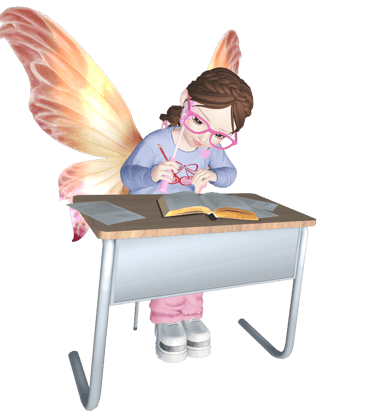

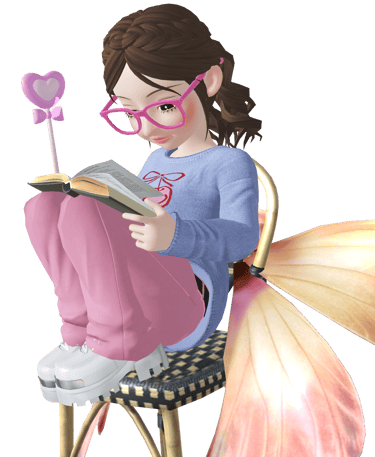

Contribution to Your Learning and the Learning Community
This ePortfolio section presents my reflection on the contributions I made to my own learning and to the learning community during EDLD 5315 – Assessing Digital Learning, part of the Master of Education in Applied Digital Learning program. Throughout the course, I strengthened my autonomy as a learner, developed my critical thinking skills, and enhanced my collaboration within digital learning environments. Following Fink’s (2013) perspective, self-assessment is a crucial process for evaluating the quality of one’s work and its impact on the learning community.
This reflection summarizes the main achievements, lessons learned, and challenges encountered during my experience, highlighting how collaboration and continuous reflection fostered professional growth and collective knowledge building.


Action Research Plan

Action research is a systematic and reflective process that enables educators to investigate their own practice, implement informed changes, and evaluate their impact within authentic learning environments (Mertler, 2019). In this assignment, the focus is on the planning stage, the first phase of the cyclical process that also includes acting, developing, and reflecting.
During this stage, the study defines its topic, purpose, and fundamental research question, and outlines the methods and instruments that will guide data collection and analysis. The following sections outline the key components of my action research plan for the project "Explorers of the Forest of Reading and Writing," which aims to assess its effectiveness in enhancing students’ motivation, reading comprehension, and Spanish writing performance within a bilingual blended learning environment.
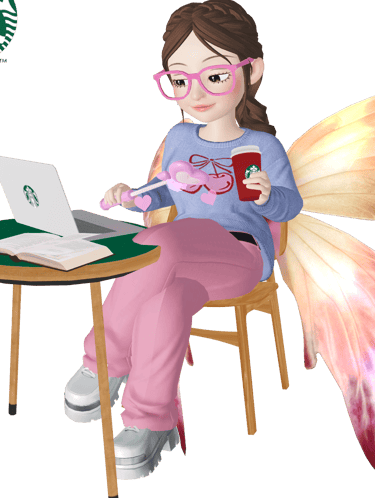

In this course, I understood that assessment is much more than measuring results it is about listening, interpreting, and accompanying learning processes with empathy and purpose. EDLD 5315 allowed me to view assessment as a dialogue between evidence and reflection, a bridge between what students learn and how those learning gains are meaningful. Designing my action research plan became an exercise in analysis and sensitivity, where I discovered that data also tells stories and that every step forward, no matter how small, represents an opportunity for growth.
Integrating theory, practice, and research strengthened my ethical and human-centered perspective on assessment, aligning it with the principles of Universal Design for Learning (UDL) and the concept of meaningful learning. This course reaffirmed that motivation, collaboration, and self-assessment are essential pillars of growth for both students and the teacher-researcher. In essence, EDLD 5315 taught me that to assess is to care—to celebrate progress and keep learning along the way—laying the foundation for the Capstone (EDLD 5320) course, where I will bring my project, Explorers of the Forest of Reading and Writing, to life in the classroom.

References
Andrade, H., & Brookhart, S. M. (2020). Student self-assessment: Assessment to empower students and transform teaching. Routledge. https://doi.org/10.4324/9780429295628
August, D., & Shanahan, T. (2006). Developing literacy in second-language learners: Report of the National Literacy Panel on Language-Minority Children and Youth. Lawrence Erlbaum.
August, D., & Shanahan, T. (2017). Developing literacy in second-language learners. Routledge.
Barrett, H. C. (2007). Researching electronic portfolios and learner engagement: The REFLECT initiative. Journal of Adolescent & Adult Literacy, 50(6), 436–449. https://doi.org/10.1598/JAAL.50.6.2
Bialystok, E. (2001). Bilingualism in development: Language, literacy, and cognition. Cambridge University Press. https://doi.org/10.1017/CBO9780511605963
Brookhart, S. M. (2013). How to create and use rubrics for formative assessment and grading. ASCD.
CAST. (2018). Universal Design for Learning guidelines version 2.2. CAST. http://udlguidelines.cast.org
Christensen, C. M., Horn, M. B., & Johnson, C. W. (2017). Disrupting class: How disruptive innovation will change the way the world learns. McGraw-Hill.
Covey, C., McChesney, C., & Huling, J. (2012). The 4 disciplines of execution: Achieving your wildly important goals. Free Press.
Creswell, J. W., & Creswell, J. D. (2018). Research design: Qualitative, quantitative, and mixed methods approaches (5th ed.). SAGE Publications.
Cummins, J. (2000). Language, power and pedagogy: Bilingual children in the crossfire. Multilingual Matters. https://doi.org/10.21832/9781853596773
Darling-Hammond, L., Flook, L., Cook-Harvey, C., Barron, B., & Osher, D. (2020). Implications for educational practice of the science of learning and development. Applied Developmental Science, 24(2), 97–140. https://doi.org/10.1080/10888691.2018.1537791
Dweck, C. S. (2006). Mindset: The new psychology of success. Random House.
Fink, L. D. (2013). Creating significant learning experiences: An integrated approach to designing college courses (2nd ed.). Jossey-Bass.
Fisher, D., Frey, N., & Hattie, J. (2016). Visible learning for literacy, grades K-12: Implementing the practices that work best to accelerate student learning. Corwin Literacy.
García, O. (2009). Bilingual education in the 21st century: A global perspective. Wiley-Blackwell.
García, O., & Kleifgen, J. A. (2018). Educating emergent bilinguals: Policies, programs, and practices for English learners (2nd ed.). Teachers College Press.
Genesee, F., Geva, E., Dressler, C., & Kamil, M. (2006). Synthesis: Cross-linguistic relationships. In D. August & T. Shanahan (Eds.), Developing literacy in second-language learners (pp. 153–174). Lawrence Erlbaum.
Graham, C. R. (2019). Current research in blended learning: Integration, disruption, and acceleration. Computers & Education, 144, 103701. https://doi.org/10.1016/j.compedu.2019.103701
Guthrie, J. T., & Wigfield, A. (2000). Engagement and motivation in reading. In M. L. Kamil, P. B. Mosenthal, P. D. Pearson, & R. Barr (Eds.), Handbook of reading research (Vol. 3, pp. 403–422). Lawrence Erlbaum.
Harapnuik, D. (2016). COVA+CSLE: Choice, ownership, voice, and authentic learning in creating significant learning environments. https://www.harapnuik.org
Koda, K. (2007). Reading and language learning: Crosslinguistic constraints on second language reading development. Language Learning, 57(1), 1–44. https://doi.org/10.1111/0023-8333.101997010-i1
Marzano, R. J. (2009). Formative assessment & standards-based grading. Marzano Research Laboratory.
Means, B., Toyama, Y., Murphy, R., Bakia, M., & Jones, K. (2010). Evaluation of evidence-based practices in online learning: A meta-analysis and review of online learning studies. U.S. Department of Education.
Mertler, C. A. (2019). Action research: Improving schools and empowering educators (6th ed.). SAGE Publications.
Pekrun, R. (2006). The control-value theory of achievement emotions: Assumptions, corollaries, and implications for educational research and practice. Educational Psychology Review, 18(4), 315–341. https://doi.org/10.1007/s10648-006-9029-9
Roblyer, M. D., & Hughes, J. E. (2019). Integrating educational technology into teaching (8th ed.). Pearson.
Selwyn, N. (2016). Education and technology: Key issues and debates (2nd ed.). Bloomsbury Academic.
Thomas, D., & Brown, J. S. (2011). A new culture of learning: Cultivating the imagination for a world of constant change. CreateSpace.
Wang, A. I., & Tahir, R. (2020). The effect of using Kahoot! for learning: A literature review. Computers & Education, 149, 103818. https://doi.org/10.1016/j.compedu.2020.103818
Warschauer, M., & Matuchniak, T. (2010). New technology and digital worlds: Analyzing evidence of equity in access, use, and outcomes. Review of Research in Education, 34(1), 179–225. https://doi.org/10.3102/0091732X09349791
Wenger, E. (1998). Communities of practice: Learning, meaning, and identity. Cambridge University Press.
Wiggins, G., & McTighe, J. (2005). Understanding by design (2nd ed.). ASCD.
